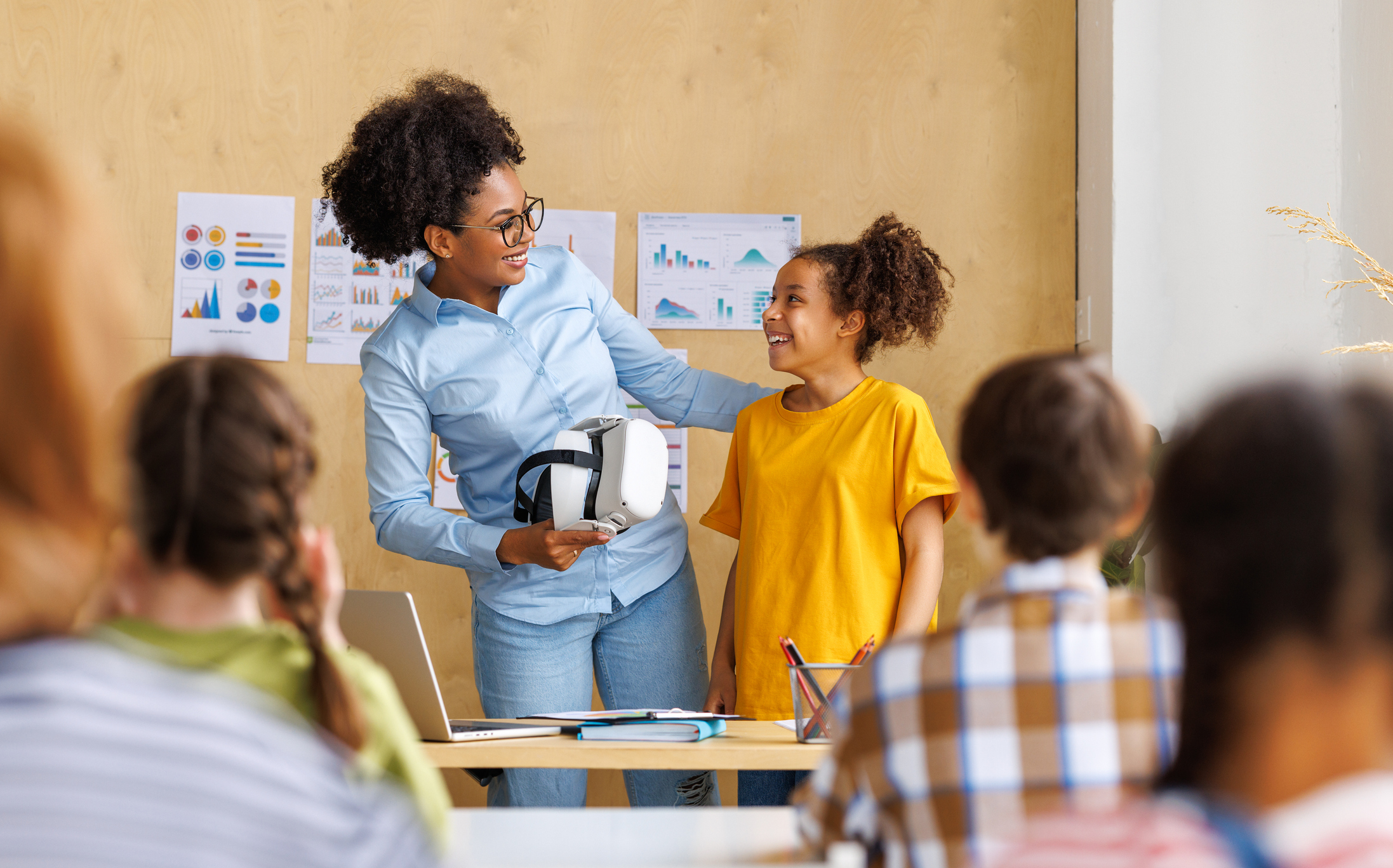
Aristotle’s concept of “eudaimonia” (eu·dae·mo·nia), or flourishing in life, refers to not just a fleeting feeling of pleasure, but a state of being, involving living a life of purpose, virtue, and excellence. In my experience as a principal, every teacher does their best to achieve their own form of eudaimonia. Driven by purpose, we want to play an active role in crafting how we perform our job with a high standard of excellence.
In my early days as principal, this pursuit of eudaimonia led teachers to desire full autonomy to do what they felt was best for their students. So, I listened. However, this autonomy also bred frustration. Teachers questioned their next move. It added to an already full plate causing unwanted tension. As a result, I introduced “The Playground Theory,” a loose idea about how to design and structure playtime.
John Dewey, a renowned philosopher and educational reformer, wrote in his book, The School and Society (1899), "Play is nature's way of teaching us new things. It is the medium through which we acquire new knowledge, and it is the natural method of learning that we have been using since the beginning of time." Dewey believed that play helped children develop their imagination and creativity, which are essential qualities for success in life. He saw play as a means for children to experiment, explore, and discover new things about themselves and the world around them.
In The Child and the Curriculum (1902), Dewey argued that play was not just a form of entertainment but was, in fact, a crucial part of the educational process. He wrote, "Play is the work of the child, and it is through play that children learn to think, to solve problems, to imagine, and to create." While adults instill playground rules, the users of those spaces ultimately decide their own style of play. In pursuit of empowering autonomy at my school, I wondered what could happen if we applied the same theory to teachers. What “rules” could we establish to live in this new world of structured autonomy? So, my staff and I set out to design our metaphorical playground using these steps:
1. Creating The Space
What good would an empty playground be? No matter the environment, people interacting with something in time and space allows the creation of norms and conditions for play. For example, turn kids loose in a forest and watch what happens. Once, our fifth grade created an entire trail system in the school woods. At our school, teachers chose to interact with resources like PBLWorks Gold Standard PBL Essential Design Elements, Planning our First Projects, and PBL 101. They paved their own “trail system” with a complete reworking of our grading system. With the freedom to create, teachers established their own norms and conditions, producing, in our case, common formative assessments with the flexibility to gauge mastery in any subject area at any time of year.
2. Providing Safe Structures
Autonomy doesn’t give teachers a free-for-all. We had to ensure we used the best practices for our students. Teachers structured their classrooms with PBLWorks’ host of research-based practices to introduce new thinking routines and critique protocols. As a result, students furthest from opportunity began learning in new ways, resulting in fewer office referrals. They became more passionate about content, even engaging with it at home. Through safe, research-based architecture, both teachers and students succeeded.
3. Giving Time to Play
Here is where Dewey’s thoughts on the necessity of play, well, come into play. As administrators, we have to be the controlling force that provides teachers with time to spend on their new “playground.” Time gives teachers the opportunity to collaborate with colleagues, to plan, to fail, and to learn from those missteps. It allowed our teachers to use grant money to flip the script about what professional development could be. They took classes learning things they always wanted to learn. They went to folk school to learn soap making, honey harvesting, and how to make maple syrup. Others took classes in coding and robotics. Some taught themselves canning and ice cream making. I even took the opportunity to be certified to make Neapolitan pizza and drafted a Pizza with the Principal project.
4. Affirming Adaptability in Play
On a playground, children may express new fears and goals, requiring changes in rules as they grow. In our metaphorical playground, administrators should remain inquisitive to ensure a similarly adaptable environment. For example, does how we communicate instill anxiety or liberation? How do teachers want to use their playtime? How do external forces control teachers, and how can we limit feelings of constraint? How will you show teachers that you will fall on that sword to protect the great things they are doing for their students? I affirmed to my staff that I’d be the first to let go if certain conditions were no longer effective.
5. Exhibiting Learning
After creating playful, flexible, and structured spaces, we can then watch the magic happen. At our public exhibition nights, we celebrated student success and teacher dedication. Positive feedback from parents and community members ignited even more passion for their autonomy journey. Everyone needs a pat on the back, and exhibiting teachers’ dedication allows us to support their autonomy by acknowledging their talents and successes. Teachers are more invested than ever, and when we share learning with our community, that feeling of eudaimonia spreads happiness and positivity within a seemingly thankless profession.
When the playground of autonomy is thoughtfully designed and embraced, we can witness the extraordinary transformation of educators into empowered, creative, and purpose-driven professionals. We as administrators cannot gatekeep this greatness. Our role is to support, uplift, and trust teachers to do what is best for their students, with whom they spend more time than even their own guardians. Many teachers have left the field, teaching practices are more complex than ever, and positions are harder to fill, yet our schools are still overflowing with dedicated educators. Autonomy and structured support empowers their pursuit of greatness and eudaimonia. And finding that eudaimonia, within either teachers or students, is clearly a journey worth taking.

